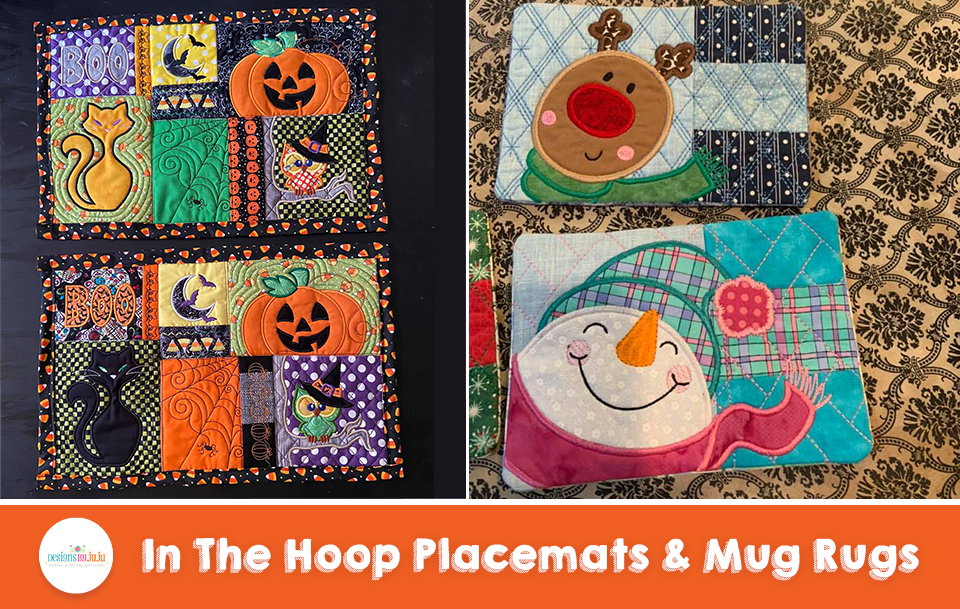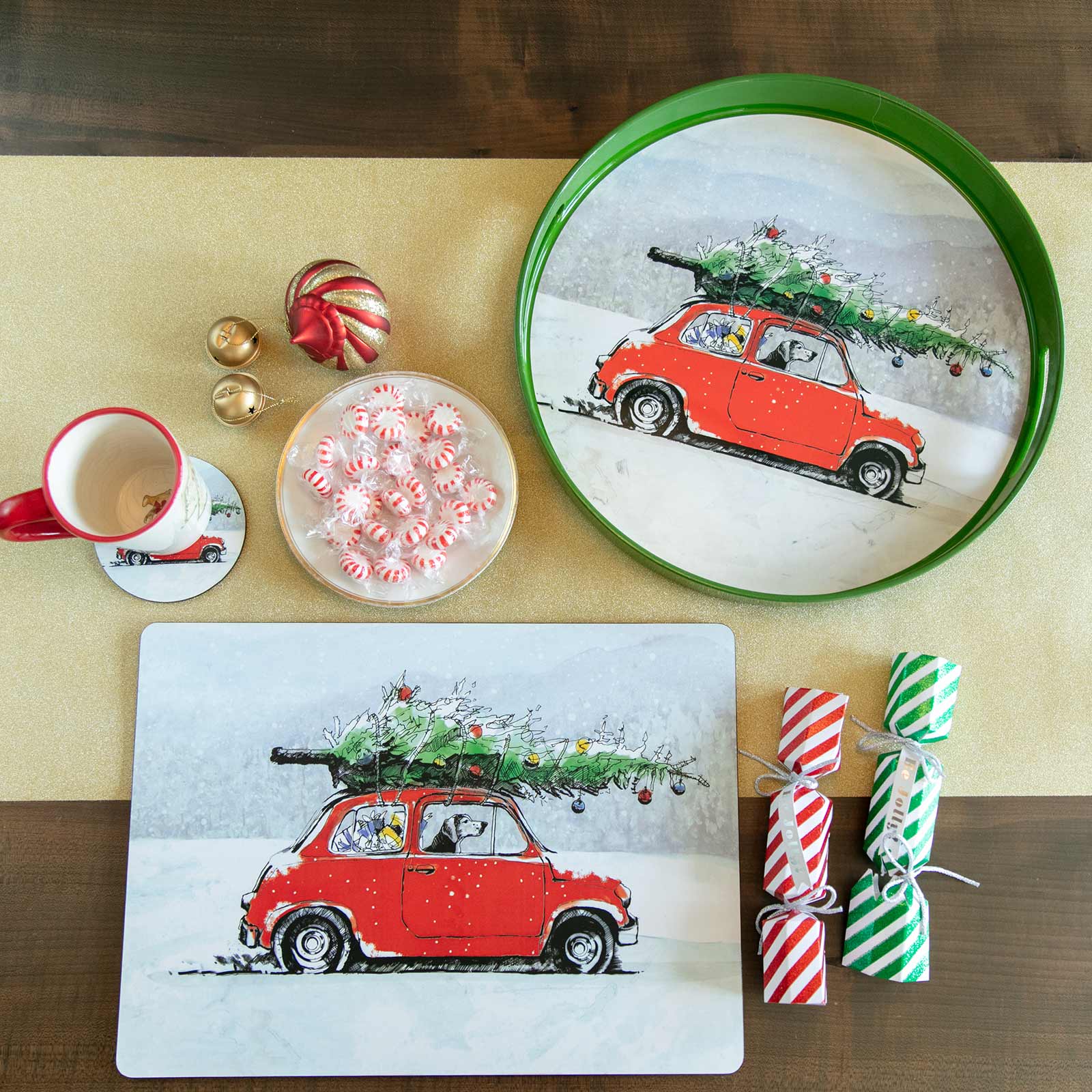Some Known Details About Top News Sites
Some Known Details About Top News Sites
Blog Article
Little Known Facts About Unique Art.
Table of ContentsRumored Buzz on Unique ArtFascination About Unique ArtUnique Art - TruthsThe 5-Second Trick For Unique Art
While one could question which art kind holds priority, the reality continues to be that each of these 7 kinds provides a distinct window into human history, culture, and evolution. They are the tapestries that chronicle our journey, advising us of our past while motivating visions for the future.Fantastic artwork tells a story, makes people look two times, and creates an one-of-a-kind experience that can't be matched. Art and illustrations interact all of that through shade, form and various other style elements. Learn exactly how to make your special artwork stick out from the group.

8 TRIA GIOVANEqual parts grand and laidback, this foyer created by Anthony Baratta is the excellent blueprint to comply with if you're decorating an official entrance that still feels unfussy and comfortable. Formed fabrics take center stage (see the rugs and the sofa), however they also assist bring the high ceilings to a human range when hung over wallpaper.
The 7-Minute Rule for Unique Art
18 Heidi Caillier DesignA gallery wall doesn't need to take up the whole room. In some cases a little one can make a bigger design declaration. In this living room, Hiedi Caillier opted for micro-mini frameworks and an arbitrary composition.
, the expression of concepts and feelings, with the creation of particular aesthetic top qualities, in a two-dimensional aesthetic language. The aspects of this languageits forms, lines, colours, tones, and texturesare used in numerous methods to generate sensations of quantity, area, motion, and light on a level surface area. These components are incorporated into meaningful patterns in order to represent genuine or supernatural sensations, to interpret a narrative motif, or to create entirely abstract aesthetic partnerships.
Later the idea of the "fine artist" developed in Asia and Renaissance Europe. Throughout the 19th century painters in Western cultures started to lose their social position and safe and secure patronage.
The 30-Second Trick For Unique Art
Others made an earnings via touring exhibits of their work. The demand to appeal to a marketplace had changed the similar (if less impersonal) needs of patronage, and its impact on the art itself was probably similar. Normally, artists in the 20th century might get to an audience only with business galleries and public galleries, although their work might have been periodically reproduced in art regulars.

Do not copy the design of other musicians if you're searching for your style. Duplicating other individuals's art work can be excellent in educational discover here objectives yet it will certainly not make you closer to locating your own special design. Your imaginative design has to navigate to this website be, what you like and what influences you.
I would believe of your own design as a style you paint in naturally, when you release all ideas and policies and simply concentrate on paint, not considering it. Unique Art. The design needs to come normally to you when you are unwinded and you can't force it or it will not be your very own style, simply someone else's
Unique Art for Dummies

With time you'll have the ability to sort all of them right into your favored and the very least preferred categories. Try to focus your interest on the subjects and mediums that you like and before you see it coming you'll have your very own personal and one-of-a-kind design, like no one else have! In the end you'll have a couple of favorite subjects to repaint and possibly a couple i was reading this of favorite mediums.
The style has to establish itself with time with a whole lot of practice and experiments - Unique Art. Thanks for reviewing this article and if you have any type of inquiries leave them in the comments listed below, I 'd more than happy to address these
Report this page